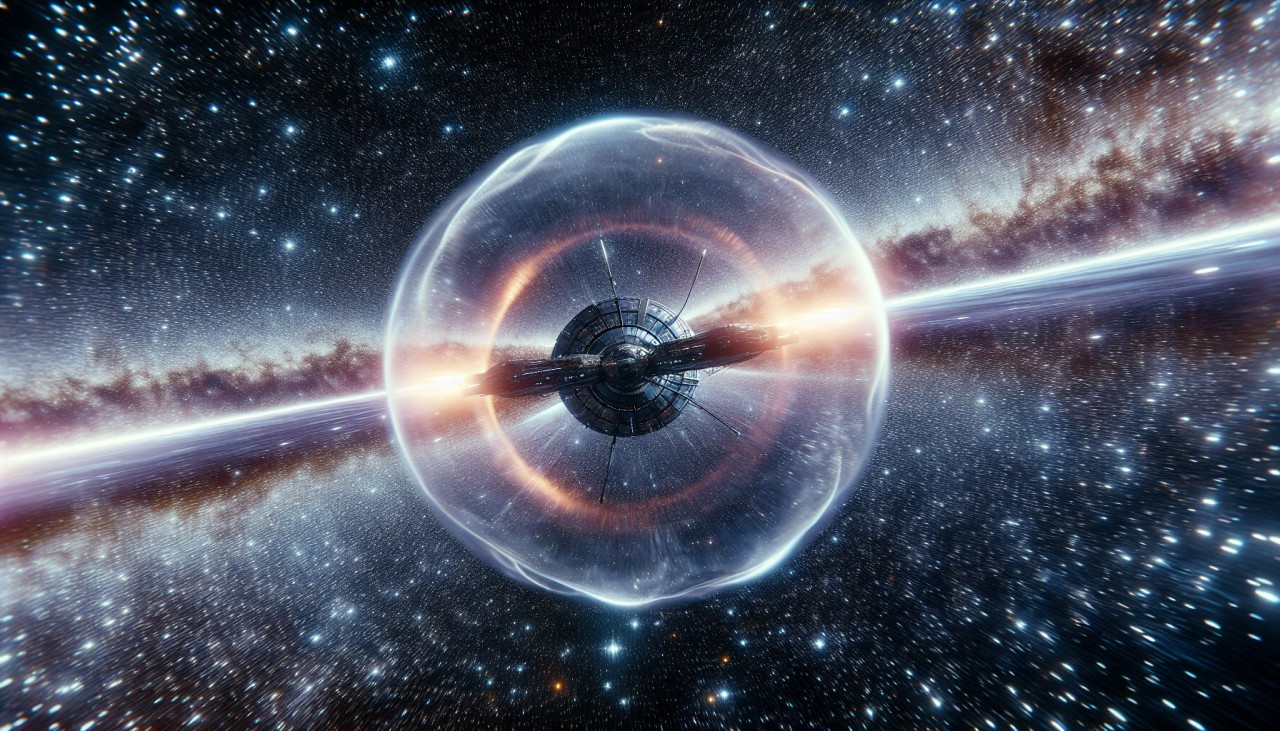


For decades, the concept of faster-than-light (FTL) travel has been confined to the realm of science fiction, primarily due to the immense energy requirements and the need for exotic matter with negative energy density. Traditional models, like the Alcubierre drive, proposed manipulating spacetime to create a "warp bubble" that could theoretically allow a spacecraft to travel faster than light. However, these models faced significant challenges, notably the necessity for negative energy, which is not known to exist in the quantities required for such a feat. en.wikipedia.org
In 2021, Dr. Erik Lentz, a physicist at Göttingen University, introduced a groundbreaking approach by proposing the use of positive-energy solitons to construct a warp bubble. Solitons are stable, self-sustaining waveforms that can move through a medium without dissipating. Lentz's model suggests that by harnessing these solitons, it might be possible to create a warp bubble without relying on exotic matter. While the energy requirements remain substantial, this approach represents a significant step forward in making FTL travel more feasible within the framework of known physics. uni-goettingen.de
Further research has explored the gravitational effects of such warp drives. A collaborative study involving institutions like Queen Mary University of London and the University of Potsdam simulated the gravitational waves emitted during a theoretical warp drive failure. The findings indicate that, although current technology cannot detect these signals, future advancements might allow scientists to probe deeper into the nature of spacetime and the universe by observing such phenomena. scitechdaily.com
These developments suggest that the dream of interstellar travel may not be as distant as once thought. While practical implementation remains a challenge, the progress in theoretical models and simulations brings us closer to understanding and potentially achieving faster-than-light travel.